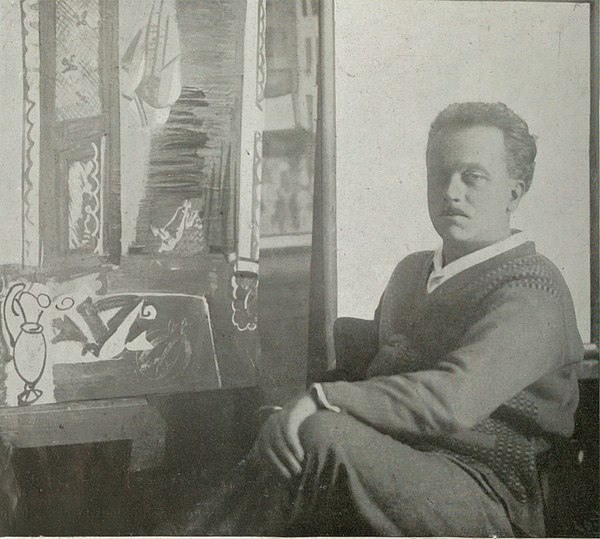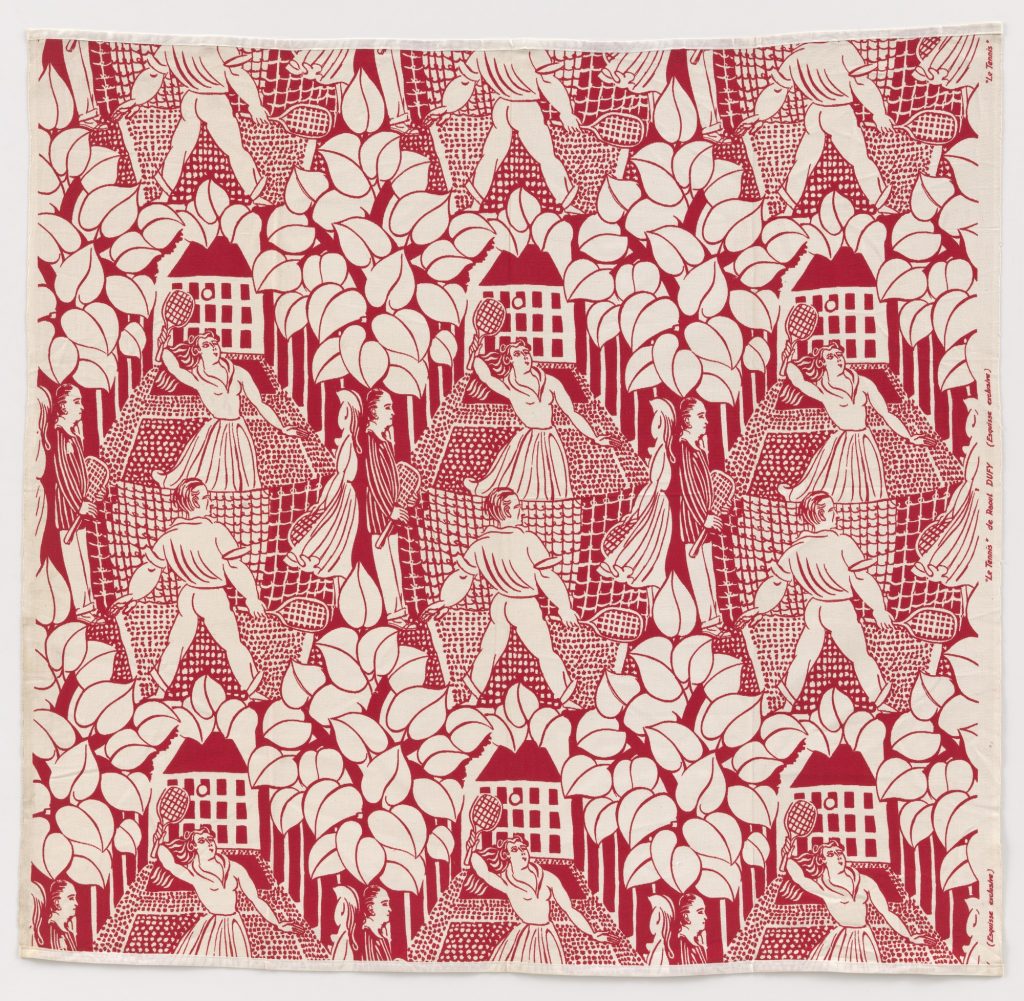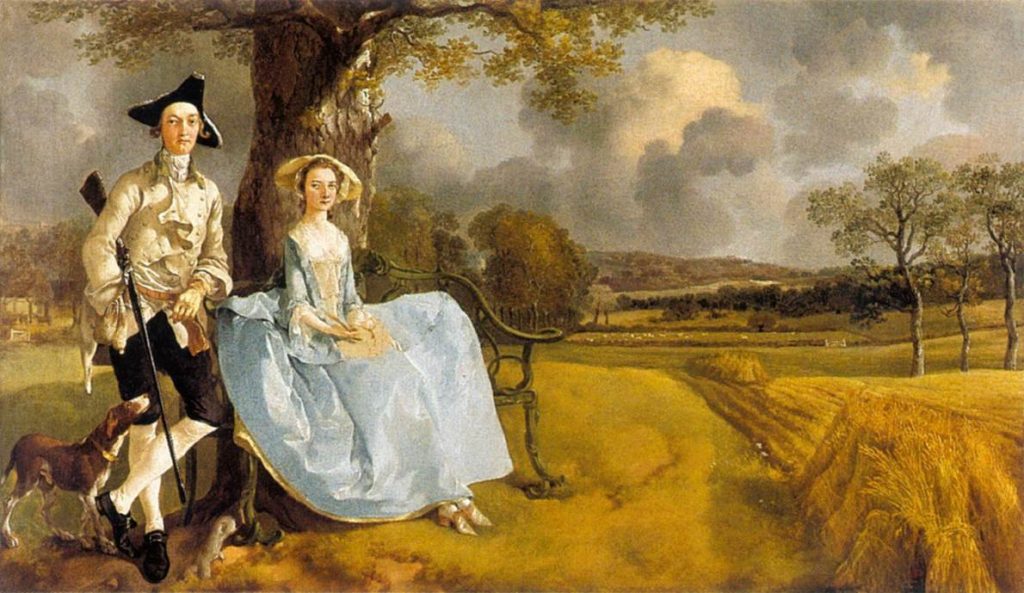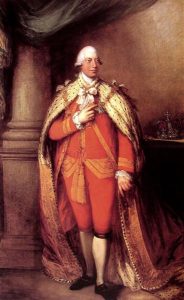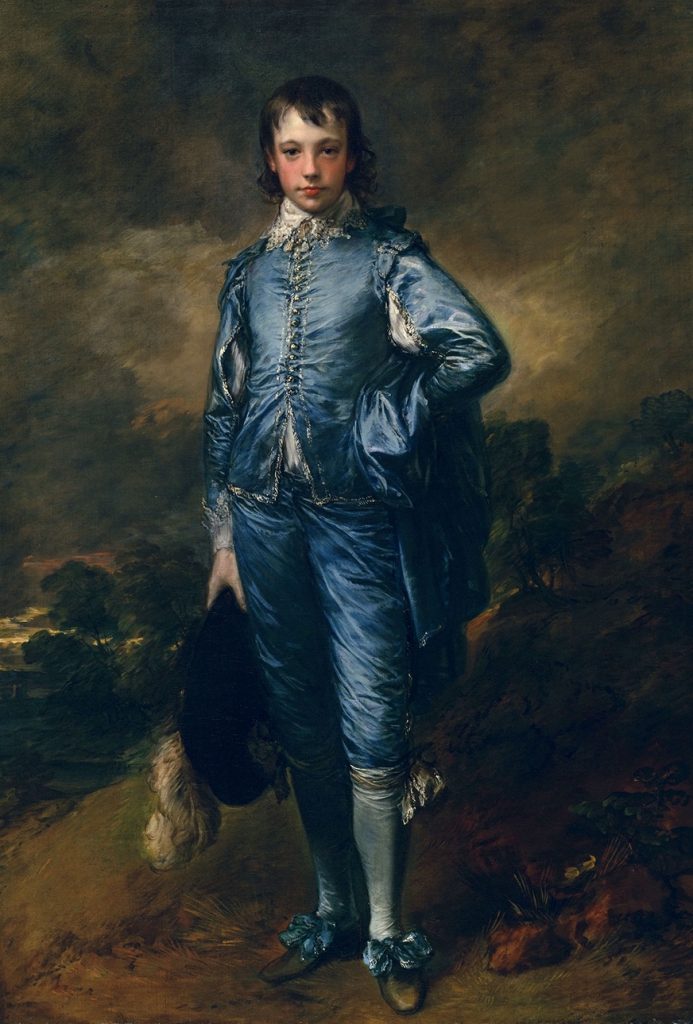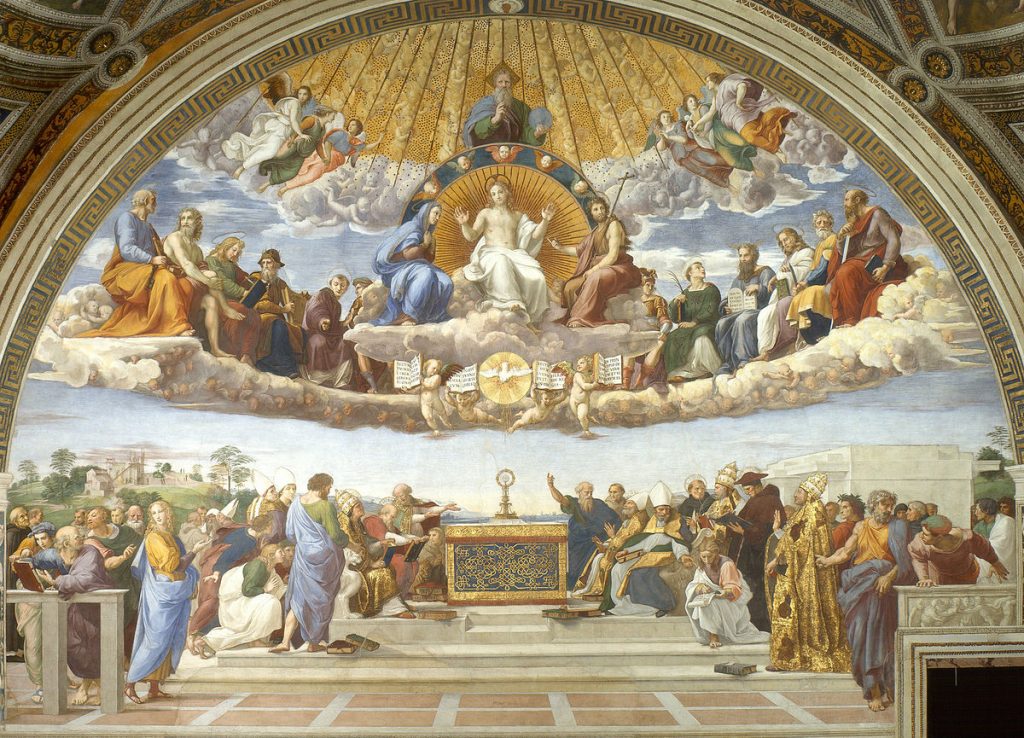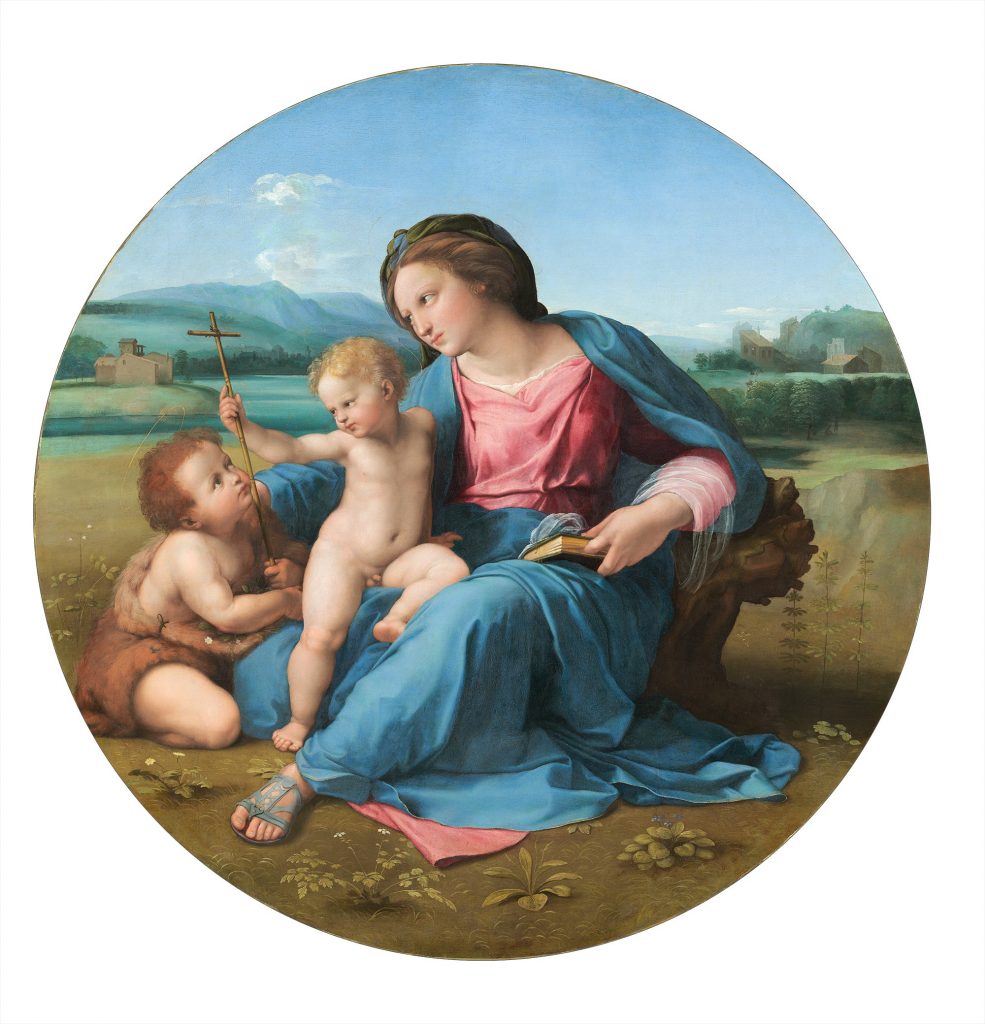
On October 27, 1923, Roy Lichtenstein was born in New York City and is now known to be one of the most influential members of the pop art movement (while also sharing a birthday with me!). Lichtenstein first became interested in art and design at a young age, as he was a huge fan of jazz and would often attend concerts to draw portraits of the musicians playing their instruments. After high school, he attended Ohio State University but did not receive his Master of Fine Arts degree until 1949, after serving in WWII.
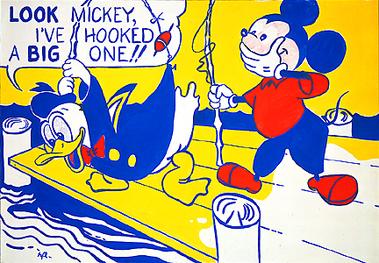
“Look Mickey” (1961) 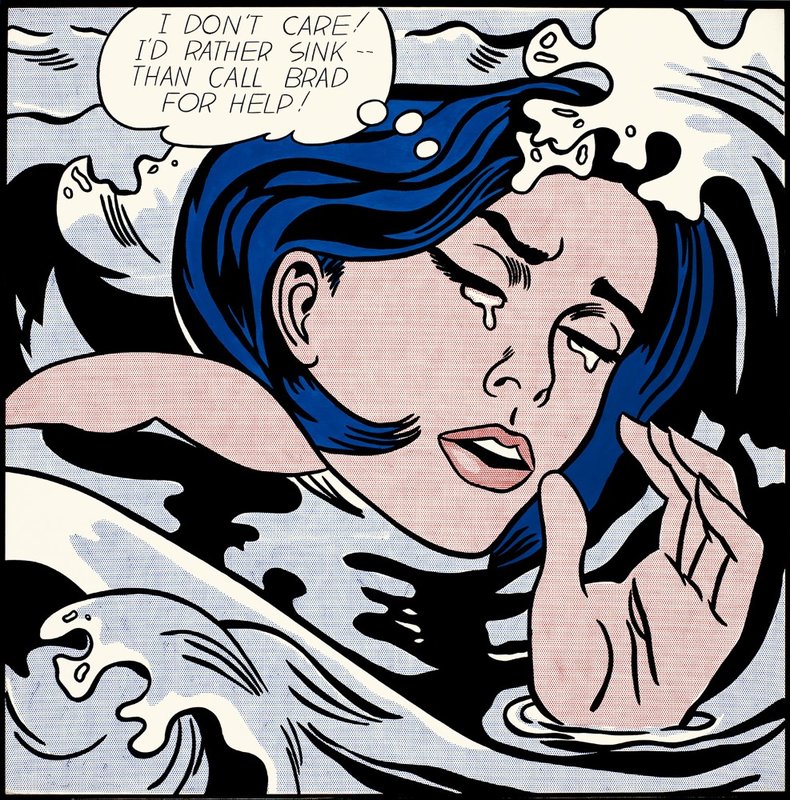
“Drowning Girl” (1963)
Lichtenstein worked on various exhibitions for a number of years and then began teaching at Rutgers University in 1960, which is where he first gained interest in pop art. At this time, Lichtenstein was known to incorporate hidden cartoon characters into his work, which later turned into direct adaptations of various comic book strips.
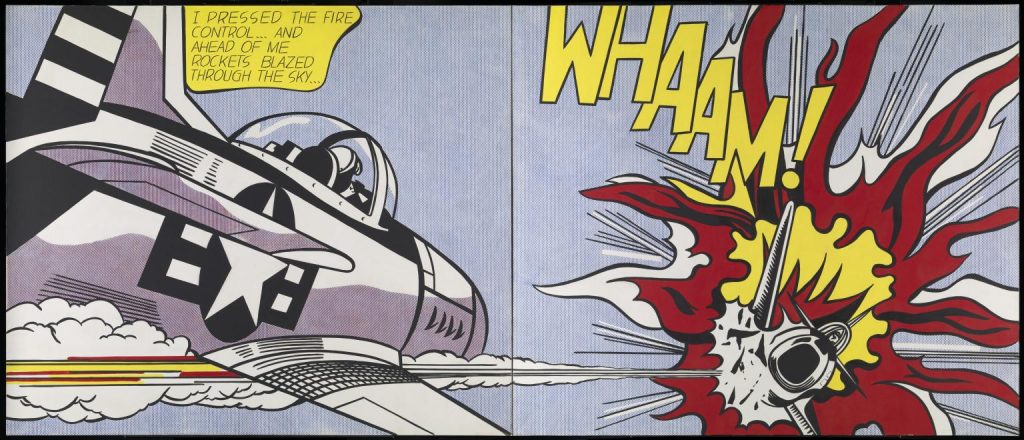
Throughout his life, he was often accused of copying the work of other artists, to which he argues that the use of different textures and techniques makes his art different enough, even if others still consider it “copying”. Liechtenstein had a particular interest in the printed element of cartoon and commercial art, as he often resembled a style similar to photographic reproduction.
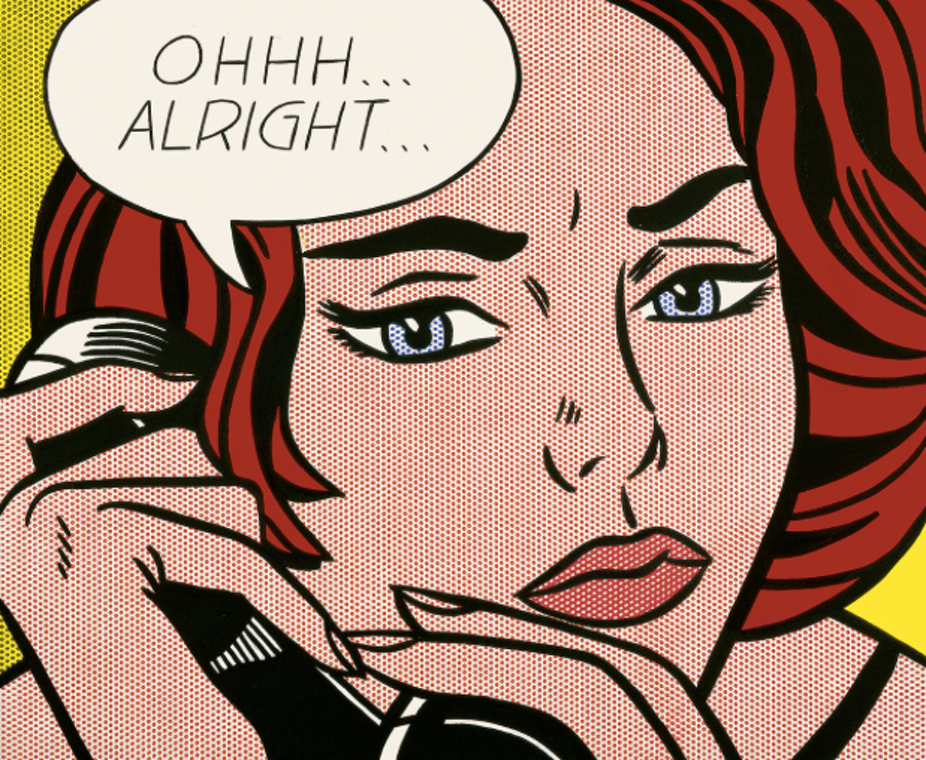
“Ohhh… Alright…” (1964) 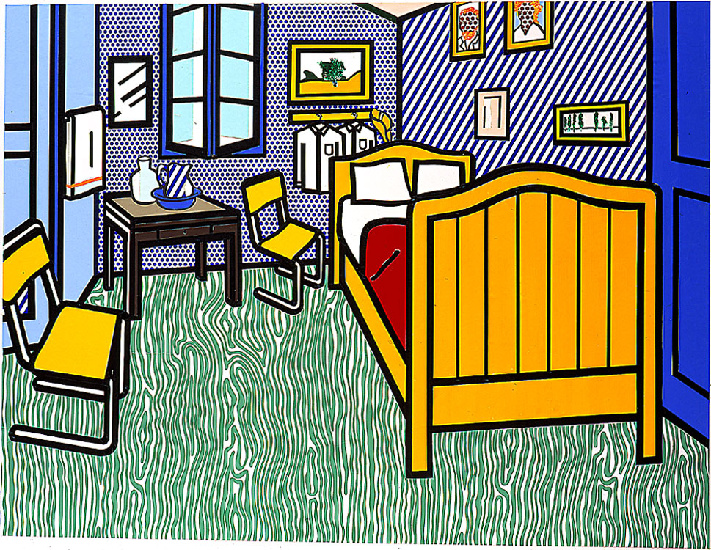
Reproduction of Van Gogh’s “Bedroom at Arles” (1992)
On September 29, 1997, Roy Lichtenstein died at the age of 73. Through his use of bold lines, striking colours, and various cartoon-like elements, Lichtenstein is now considered one of the best leading pop artists of his time.
Sources: https://en.wikipedia.org/wiki/Roy_Lichtenstein https://www.moma.org/artists/3542 https://lichtensteinfoundation.org/biography/ Images: https://www.nationalgalleries.org/art-and-artists/features/roy-lichtenstein-learning-resource https://theconversation.com/roy-lichtenstein-had-only-one-great-idea-in-his-pop-art-but-made-the-most-of-it-84630c https://www.sartle.com/artwork/drowning-girl-roy-lichtenstein https://www.tate.org.uk/art/artworks/lichtenstein-whaam-t00897 https://en.wahooart.com/A55A04/W.nsf/Opra/BRUE-6WHLSZ
